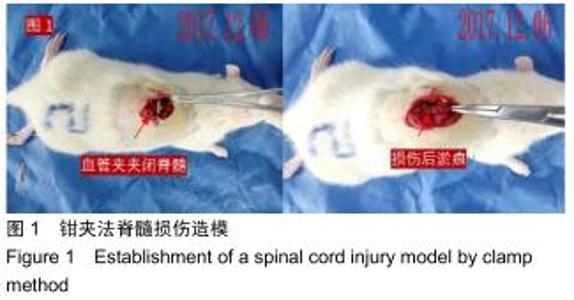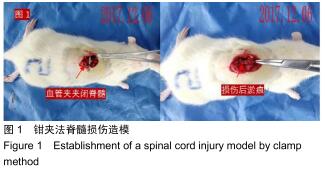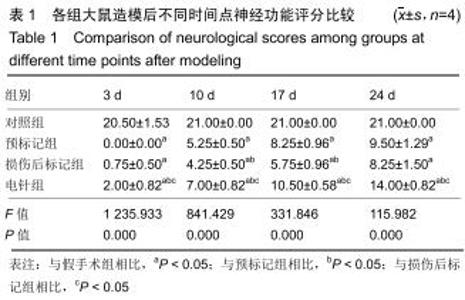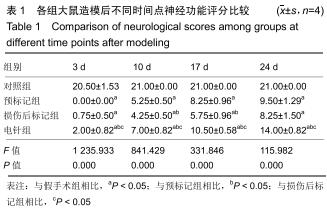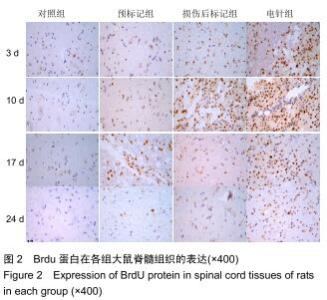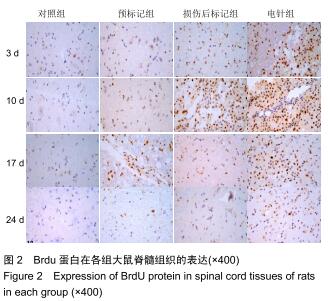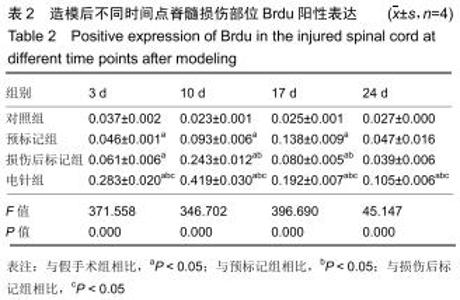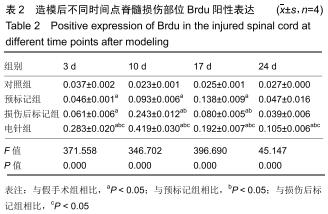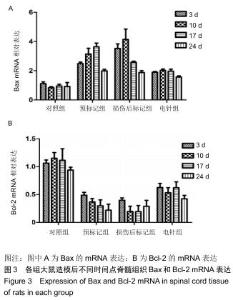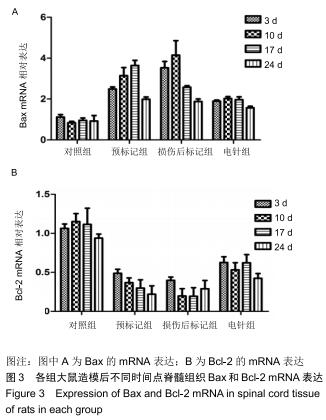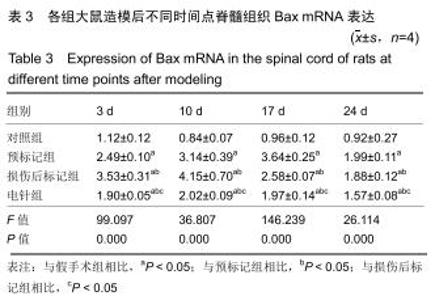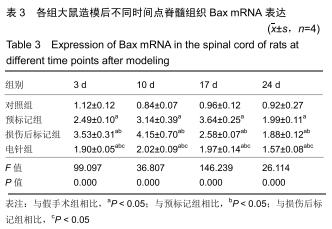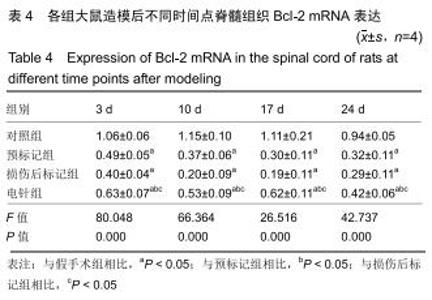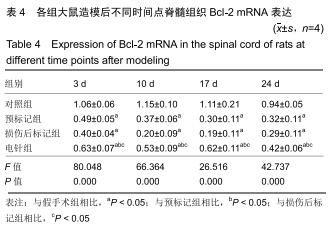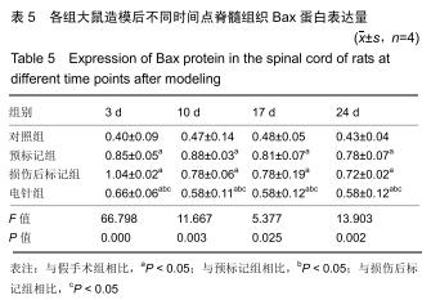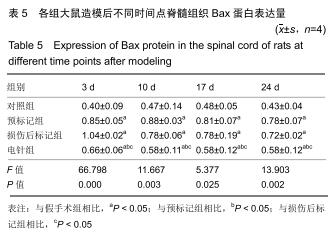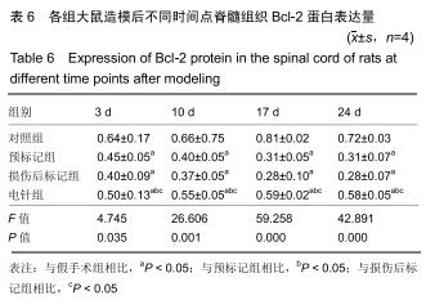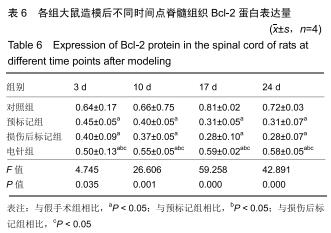|
[1] SCHWAB JM, MAAS AIR, HSIEH JTC, et al. Raising awareness for spinal cord injury research. Lancet Neurol. 2018;17(7):581-582.
[2] BRAGGE P, GUY S, BOULET M, et al. A systematic review of the content and quality of clinical practice guidelines for management of the neurogenic bladder following spinal cord injury. Spinal Cord. 2019;57(7):540-549.
[3] MCDAID D, PARK AL, GALL A, et al. Understanding and modelling the economic impact of spinal cord injuries in the United Kingdom. Spinal Cord. 2019;57(9):778-788.
[4] HU W, WANG H, LIU Z, et al. Neuroprotective effects of lycopene in spinal cord injury in rats via antioxidative and anti-apoptotic pathway. Neurosci Lett. 2017;642:107-112.
[5] CHAN BC, CADARETTE SM, WODCHIS WP, et al. The lifetime cost of spinal cord injury in Ontario, Canada: A population-based study from the perspective of the public health care payer. J Spinal Cord Med. 2019;42(2):184-193.
[6] GOMES ED, SILVA NA, SALGADO AJ.Combinatorial therapies for spinal cord injury: strategies to induce regeneration.Neural Regen Res. 2019;14(1):69-71.
[7] WAHMAN K, NILSSON WIKMAR L, CHLAIDZE G, et al. Secondary medical complications after traumatic spinal cord injury in Stockholm, Sweden: Towards developing prevention strategies. J Rehabil Med. 2019;51(7):513-517.
[8] GUPTA N. Lack of adequate care post spinal cord injury - a case report. Spinal Cord Ser Cases. 2019;5:22.
[9] WANG YL, QI YN, WANG W, et al.Effects of decompression joint Governor Vessel electro-acupuncture on rats with acute upper cervical spinal cord injury.Neural Regen Res. 2018; 13(7):1241-1246.
[10] 陈温慈,屠文展,胡洁,等.督脉电针对急性脊髓损伤大鼠脊髓损伤区NR2B表达的影响[J].针刺研究,2019,44(2):95-101.
[11] 马睿杰,张柳娟,孙连珠,等.夹脊电针干预脊髓损伤大鼠OMgp表达的研究[J].中华中医药学刊,2014,32(6):1283-1286,1541.
[12] 余曙光,徐斌.实验针灸学[M].北京:人民卫生出版社,2012:277.
[13] CHEN H, LI J, LIANG S, et al. Effect of hypoxia-inducible factor-1/vascular endothelial growth factor signaling pathway on spinal cord injury in rats. Exp Ther Med. 2017;13(3): 861-866.
[14] SOSLOW RA, DANNENBERG AJ, RUSH D, et al. COX-2 is expressed in human pulmonary, colonic, and mammary tumors. Cancer. 2000;89(12):2637-2645.
[15] REN XD, WAN CX, NIU YL. Overexpression of lncRNA TCTN2 protects neurons from apoptosis by enhancing cell autophagy in spinal cord injury. FEBS Open Bio. 2019;9(7): 1223-1231.
[16] KAWABATA H, SETOGUCHI T, YONE K, et al. High mobility group box 1 is upregulated after spinal cord injury and is associated with neuronal cell apoptosis. Spine (Phila Pa 1976). 2010;35(11):1109-1115.
[17] PEÑA-BLANCO A, GARCÍA-SÁEZ AJ. Bax, Bak and beyond -mitochondrial performance in apoptosis. FEBS J. 2018; 285(3):416-431.
[18] CHOU HY, CHUEH FS, MA YS, et al. Bufalin induced apoptosis in SCC‑4 human tongue cancer cells by decreasing Bcl‑2 and increasing Bax expression via the mitochondria‑dependent pathway. Mol Med Rep. 2017;16(6): 7959-7966.
[19] YU D, LI M, NIE P, et al. Bcl-2/E1B-19KD-Interacting Protein 3/Light Chain 3 Interaction Induces Mitophagy in Spinal Cord Injury in Rats Both In Vivo and In Vitro. J Neurotrauma. 2018; 35(18):2183-2194.
[20] JOO MC, JANG CH, PARK JT, et al. Effect of electrical stimulation on neural regeneration via the p38-RhoA and ERK1/2-Bcl-2 pathways in spinal cord-injured rats.Neural Regen Res. 2018;13(2):340-346.
[21] ZHAO D, ZHANG M, YUAN H, et al. Ginsenoside Rb1 protects against spinal cord ischemia-reperfusion injury in rats by downregulating the Bax/Bcl-2 ratio and caspase-3 and p-Ask-1 levels. Exp Mol Pathol. 2018;105(3):229-235.
[22] XU Z, ZHANG K, WANG Q, et al. MicroRNA‑124 improves functional recovery and suppresses Bax‑dependent apoptosis in rats following spinal cord injury. Mol Med Rep. 2019;19(4):2551-2560.
[23] 赵吉平,李瑛. 针灸学[M].3版.北京:人民卫生出版社,2016:12.
[24] 刘继生,张泓,黄桂兰,等.针刺治疗脊髓损伤细胞信号转导机制的研究与思考[J].中国针灸,2017,37(6):680-684.
[25] FAN Q, CAVUS O, XIONG L,et al. Spinal Cord Injury: How Could Acupuncture Help? J Acupunct Meridian Stud. 2018; 11(4):124-132.
[26] 杨扬,徐昊禹,丁英,等.两种督脉电针对大鼠脊髓受损伤神经元存活的影响[J].解剖学研究,2018,40(1):2-5,84.
[27] 李长明,谢尚举,王拓,等.电针对大鼠急性脊髓损伤后神经细胞凋亡及相关功能的影响[J].中国骨伤,2015,28(8):733-738.
|
